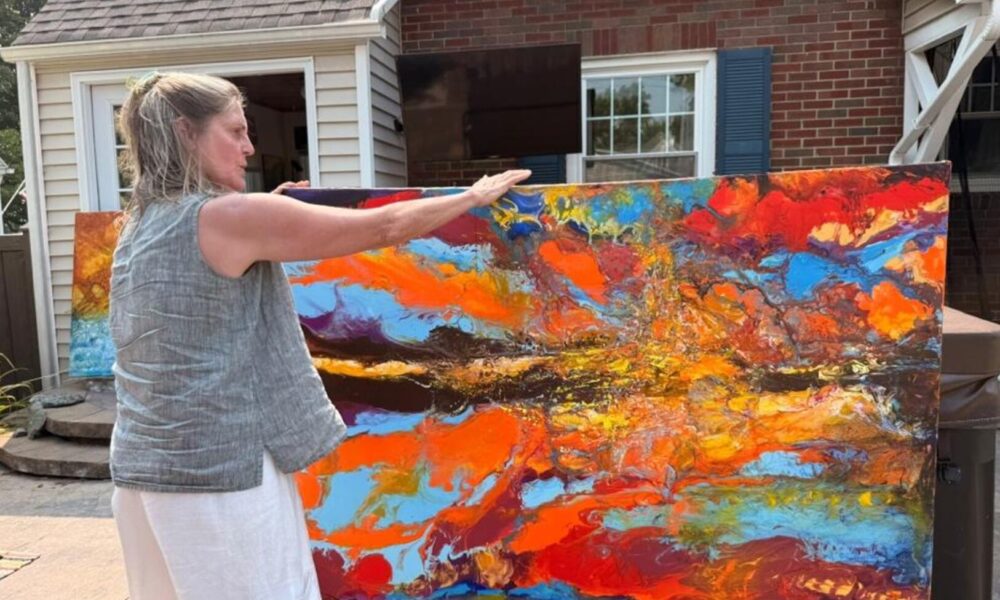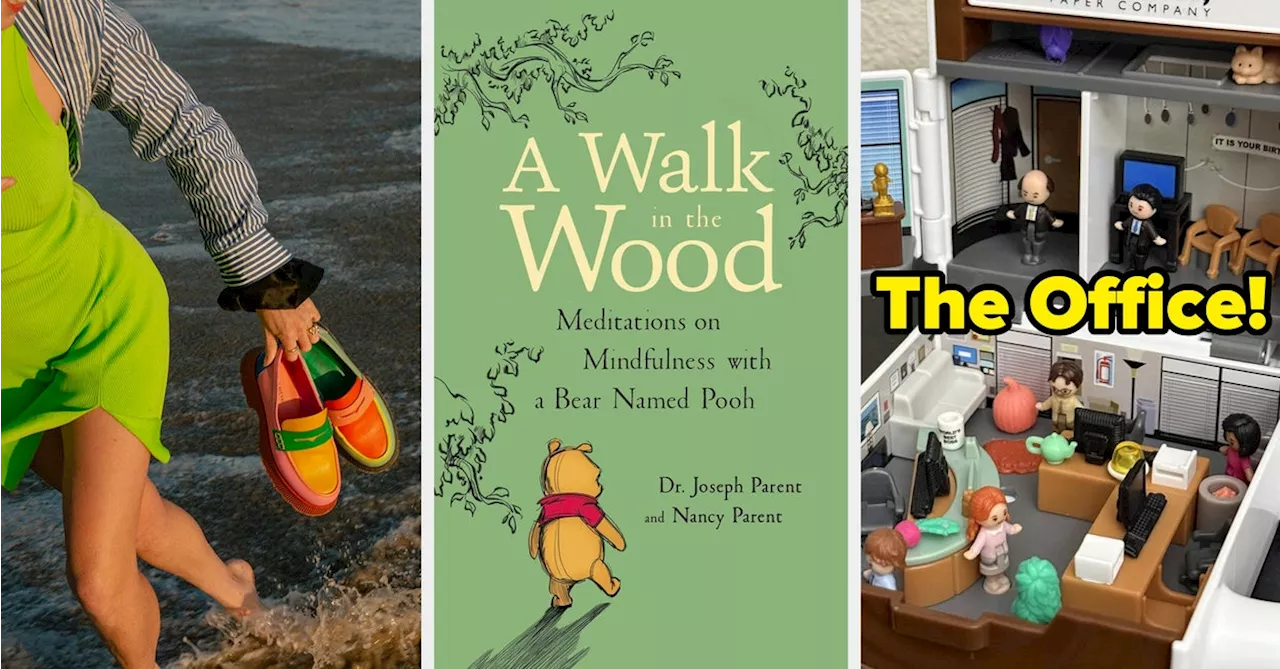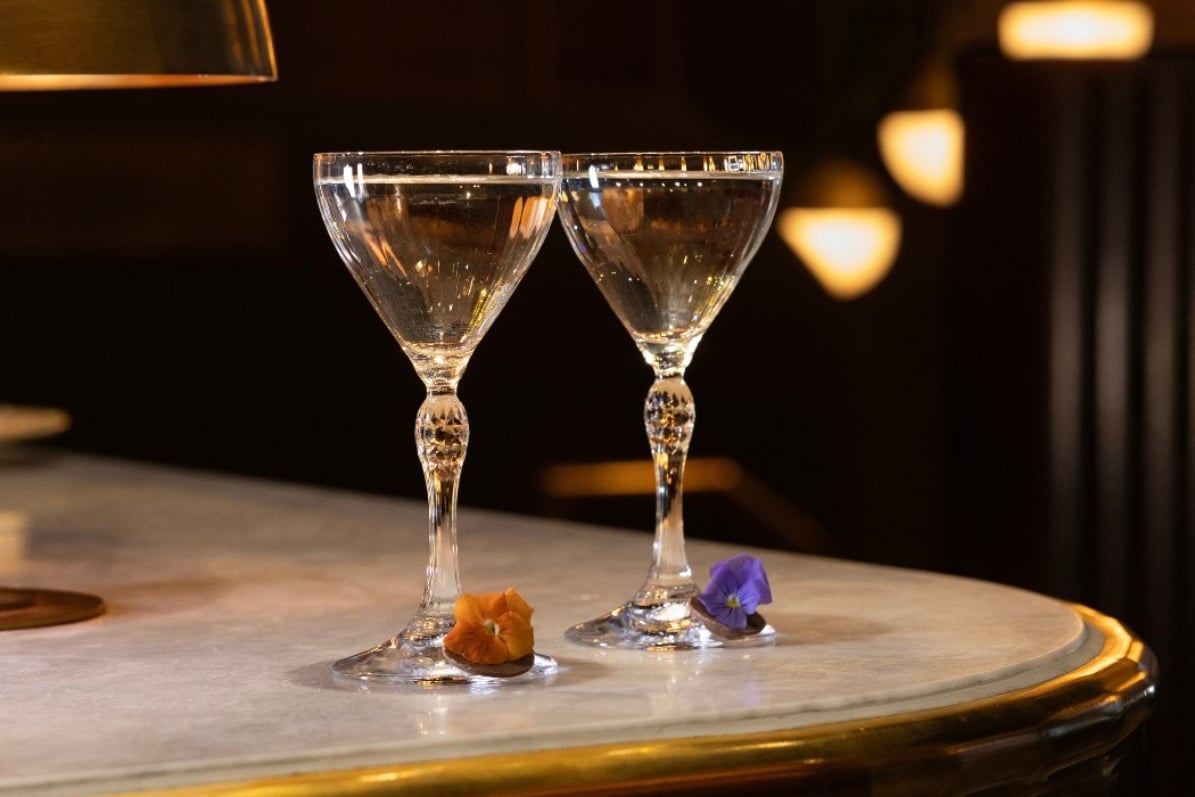JoAnne Sharman, a former manager at the Corning Museum of Glass, has successfully transitioned from a career in sales to becoming a full-time artist. Since her retirement in December 2024, Sharman has embraced her passion for painting, showcasing her work at various art festivals, including the recent Keuka Arts Festival in Penn Yan, New York.
At the festival, Sharman engaged with potential buyers while displaying her unique diptych, which features vibrant coral colors designed to evoke the feeling of looking down at the sea. When a visitor expressed hesitation about purchasing the piece, Sharman encouraged her, saying, “Don’t let it be the painting you almost bought. Be happy, spend the money, and you will always love it.” This approach proved effective, leading to a sale that contributed to Sharman’s growing reputation as an artist.
Sharman’s background in high-end sales over the past 35 years has equipped her with valuable skills that she now applies to her art career. Previously, she managed sales at the museum, where she developed a strong understanding of glass art through hands-on experiences and classes in glassblowing. “In any form, it’s fluid,” she noted, drawing a parallel between glass and her current medium of choice, pouring acrylic paints.
The process of pouring acrylic allows Sharman to explore creativity and spontaneity, as she layers colors on canvas, letting them move and intertwine. “I love the spontaneity of it,” she remarked, emphasizing the joy of letting the paint dictate the artistic direction.
Building a New Artistic Career
Sharman’s friend, Terri Wise, believes that retirement has allowed her to flourish creatively. Wise recalled how Sharman used to transform old furniture into artistic pieces in the 1990s, always looking for ways to revitalize and repurpose. Sharman’s creativity also extends to her marketing strategies, as she aims to create engaging atmospheres at her art shows.
For instance, during a recent winter art show in Florida, she planned to use a bubble machine to complement her bubble-themed paintings. Although the smaller pieces did not sell as anticipated, Sharman adapted her approach, rearranging her work for future shows, which led to greater success on the West Coast.
Sharman’s boyfriend, Steve Donigan, assists her with logistics during art festivals and plays a key role in fostering customer relationships. Observing Sharman paint on-site allows potential buyers to engage with her process, as she answers questions and discusses how her pieces fit into their homes. “I think she builds relationships with people that way,” Donigan explained, highlighting the importance of personal connection in art sales.
To further address customer hesitations, Sharman has implemented a unique return policy. If a potential buyer is unsure, she offers to bring the artwork to their home for a trial. “If you don’t like it, bring it back to me tomorrow,” she tells them, showcasing her commitment to customer satisfaction.
The Challenges of the Art Market
Despite her success, Sharman recognizes the challenges artists face in the market. She believes there is a significant gap between attendees at art shows and actual art buyers. Many artists struggle to make a sustainable income, which can lead to early exits from the industry. Sharman hopes to inspire fellow artists to develop their sales skills, emphasizing that artistic talent alone is often insufficient for success.
While she has mastered the art of convincing customers to buy her work, Sharman acknowledges that she cannot compel them to develop an emotional attachment to it. “When you know your work has a home that someone has bought and will enjoy themselves, it’s just a cool feeling,” she said, reflecting on the validation that comes with each sale.
For more information about JoAnne Sharman’s artwork and her studio, visit her website, Lady Loo Art, at ladylooart.com/about.







